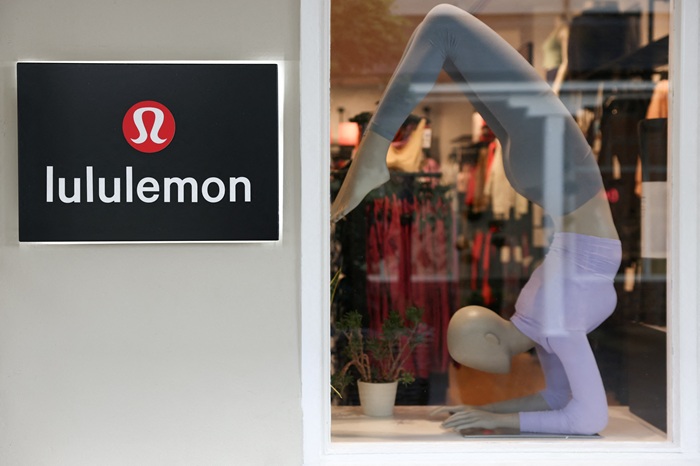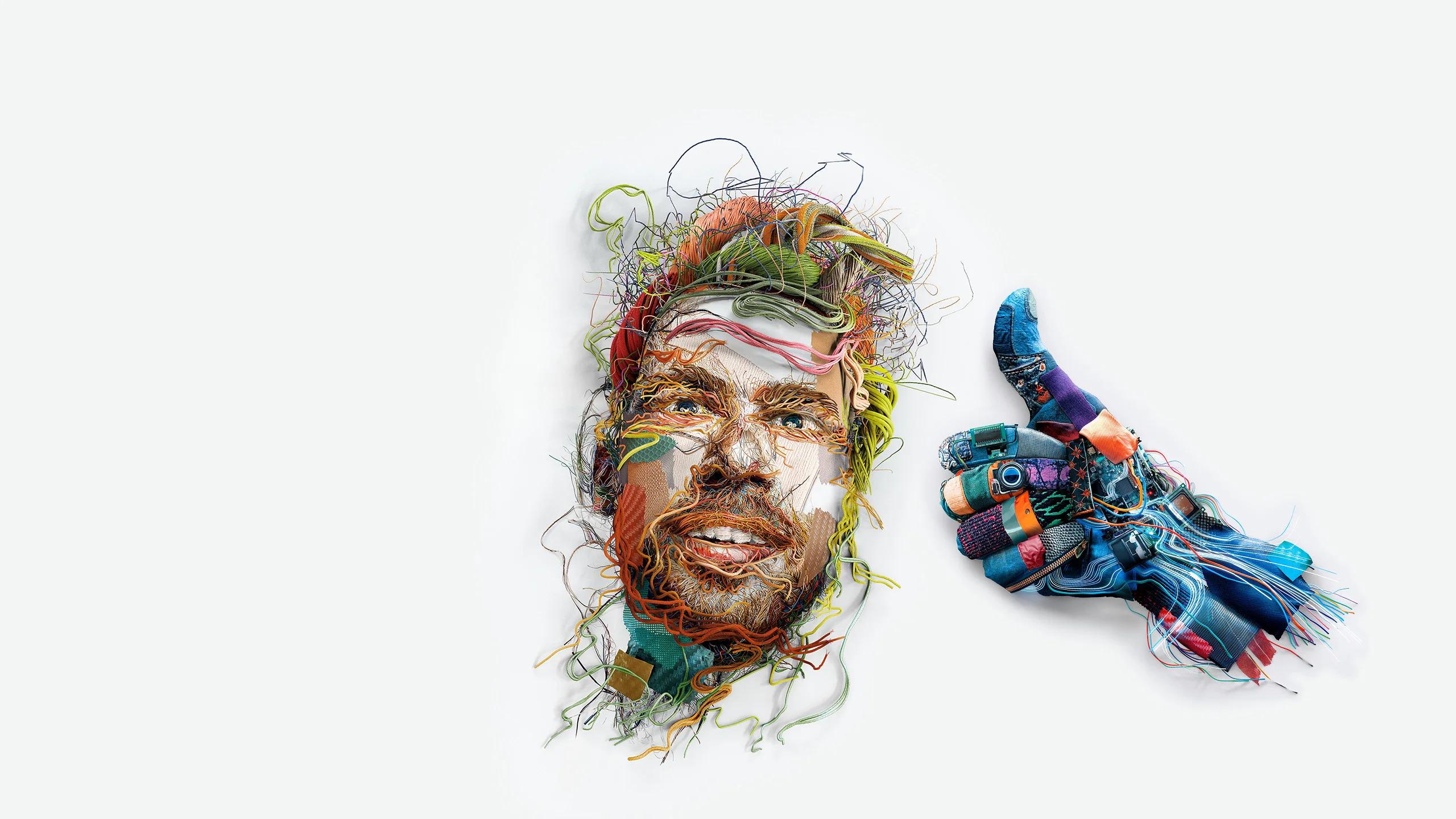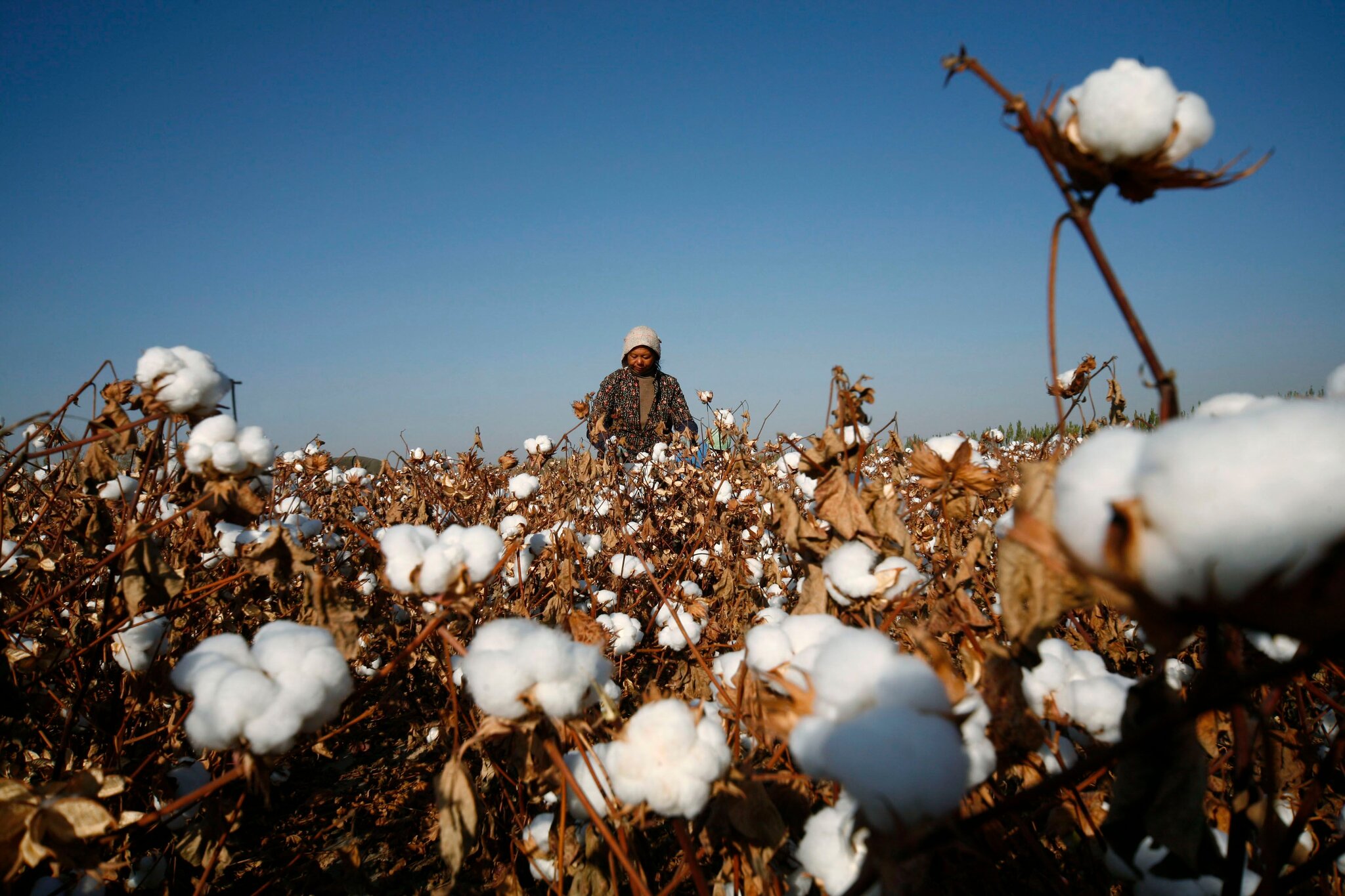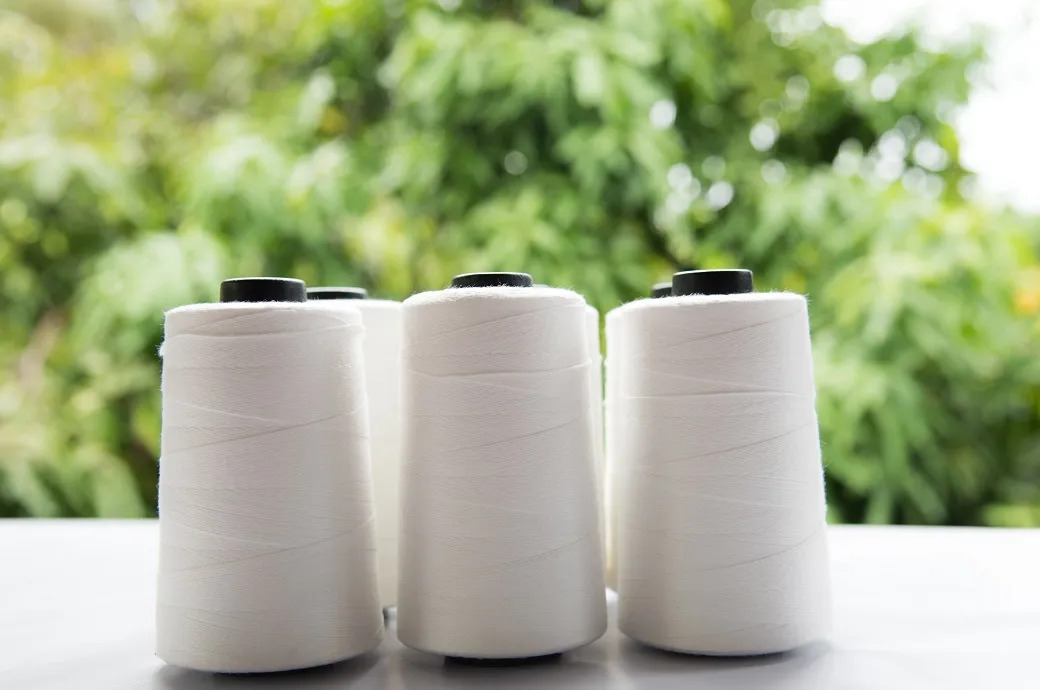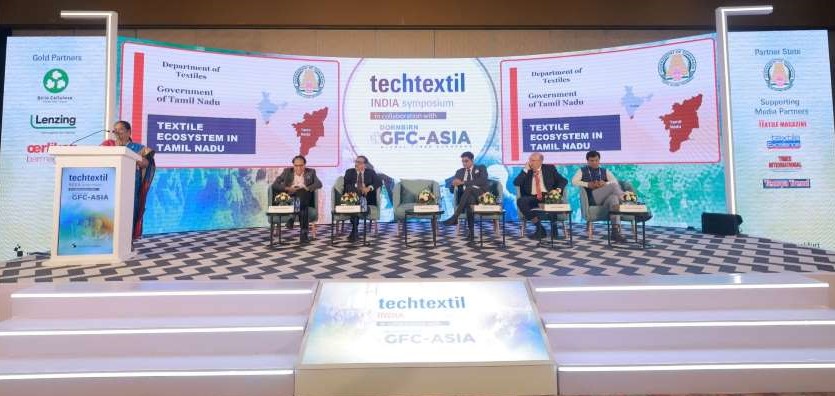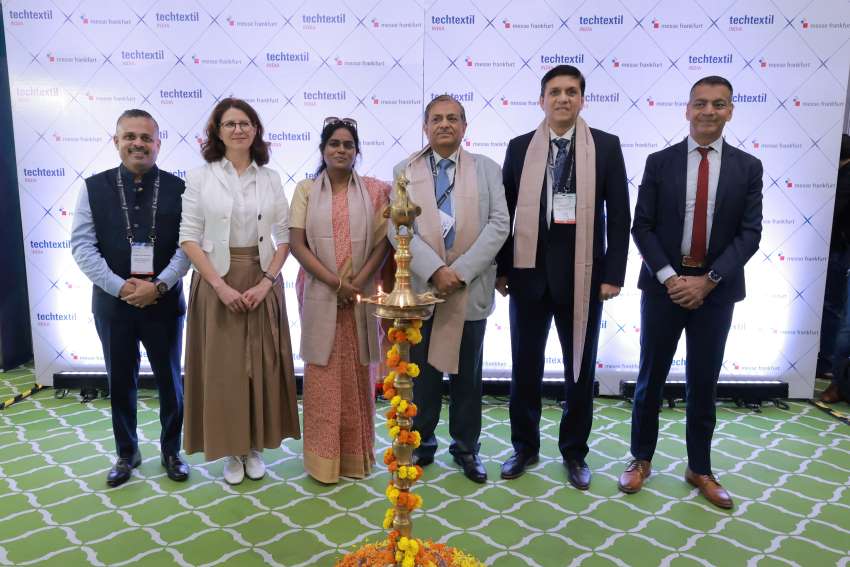"With China’s labour cost increasing, the country is shifting focus on automation to make factories more efficient. For instance, Chenfeng Group, a leading contractor for Uniqlo operated by Japan's Fast Retailing, recently set up a production line using a hanger system in a corner of its huge garment factory in Changzhou, Northwest, Shanghai. The factory makes 1.3 million shirts a month. This new system allows shirts to be assembled on a single hanger that moves around the production line, guided by circular rail suspended from the ceiling. The hanger stops in front of a worker, who attaches a part to the shirt or performs a task. "

With China’s labour cost increasing, the country is shifting focus on automation to make factories more efficient. For instance, Chenfeng Group, a leading contractor for Uniqlo operated by Japan's Fast Retailing, recently set up a production line using a hanger system in a corner of its huge garment factory in Changzhou, Northwest, Shanghai. The factory makes 1.3 million shirts a month. This new system allows shirts to be assembled on a single hanger that moves around the production line, guided by circular rail suspended from the ceiling. The hanger stops in front of a worker, who attaches a part to the shirt or performs a task. When the worker is done, the hanger moves on to the next step, making its way around the circle until the item is finished.
Technology to boost production

There are around 50 sewing machines and their operators are deployed along the rail. Sensors determine how fast each operator is working and send the shirts to the best operator for the task at hand. The time needed to complete each step varies, depends on its complexity and the skill and experience of the worker. As one of the factory officials informed, before the new assembly method, it was difficult to keep track of progress for each of the 47 steps in the assembly process. Delays in particular steps slowed production all along the line. The new system raises production efficiency by 15 per cent.
Looking at the gains, the company is eyeing to introduce the system at around 200 of its production lines in its nine factories across China in the next two years. This will increase total output to 10 million shirts monthly by 2020, from roughly 6 million at present. Chenfeng plans to spend a total 2 billion yuan ($299 million) from fiscal 2013 through fiscal 2018 to increase production.
The change is just not limited to the hanger system but also to automating specific processes. The company is working on semi-automation of tasks such as attaching buttons and pockets, as well as sewing the center back line. This would drastically reduce the number of people needed for each step from several operators to just one. CEO Gao Dekang point out, the company is considering moving some production to Vietnam and other locations abroad. At present, about 20 per cent of its production lines are automated. The company wants to increase the percentage to 50-60 per cent within several years. Potential areas for automation include fabric cutting machines and down filling machines. The company is also looking to introduce robots for picking goods in warehouses and shipping.
Rising labour cost – a concern
According to the Japan External Trade Organization, the monthly basic wage in China topped $400 on average last year. That was twice as high as the monthly wage in Vietnam, and four times higher that of Bangladesh. Labour costs in China are expected to continue rising 10 per cent a year or more. That has already prompted some garment makers to shift production to Southeast Asia. In 2015, China's clothing exports totalled $175 billion, or around 40 per cent of global exports, according to data from the World Trade Organization. The value fell 6 per cent from a year earlier, while shipments from emerging economies such as Bangladesh, Cambodia and Vietnam increased.


